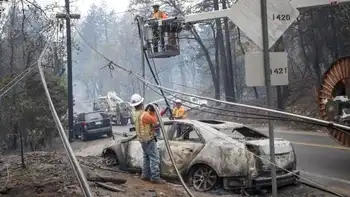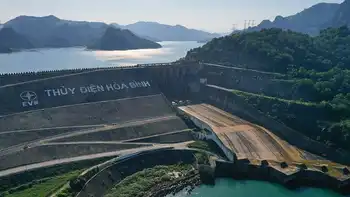Kenya to add a million power consumers by 2013
East Africa's largest economy is beset by regular power outages due to insufficient electricity generation and a dilapidated transmission network. Business leaders say the blackouts are curbing economic growth.
Kenya Power and Lighting Company, the country's sole power distributor, said it has 1.6 million customers that serve about eight million people, accounting for 22 percent of the population.
"By 2013 one million new consumers will be connected to the national electricity grid," said President Mwai Kibaki, during the launch of KPLC's rights shares on the Nairobi Stock Exchange.
KPLC raised 9.8 billion Kenya shillings US $120.3 million, 3.2 percent above target, to help fund upgrades to its network by issuing 488.6 new ordinary shares in a rights issue in December.
"The excess 300 million shillings has already been refunded to the applicants who could not get their full allocation," said Eliazar Ochola, KPLC's chairman.
Kenya plans to spend $2 billion this fiscal year to upgrade and expand the national grid, including the construction of 2,700 km of transmission line and increasing geothermal power generation by 280 megawatts.
Speaking at the launch, Energy Minister Kiraitu Murungi said sector players were working to inject an additional 1,800 megawatts to the national grid by 2015 through geothermal, wind, coal and thermal plants.
As at 1135 GMT, KPLC's shares had inched down 2.17 percent to 22.75 shillings per share.
Equities analysts expect the share price to keep dropping toward the 19.50 shillings rights issue price.
Related News

US judge orders PG&E to use dividends to pay for efforts to reduce wildfire risks
LOS ANGELES - A U.S. judge said on Tuesday that PG&E may not resume paying dividends and must use the money to fund its plan for cutting down trees to reduce the risk of wildfires in California, stopping short of more costly measures he proposed earlier this year.
The new criminal probation terms for PG&E are modest compared with ones the judge had in mind in January and that PG&E said could have cost upwards of $150 billion.
The terms will, however, keep PG&E under the supervision of Judge William Alsup of the U.S. District Court for the Northern District of California…





